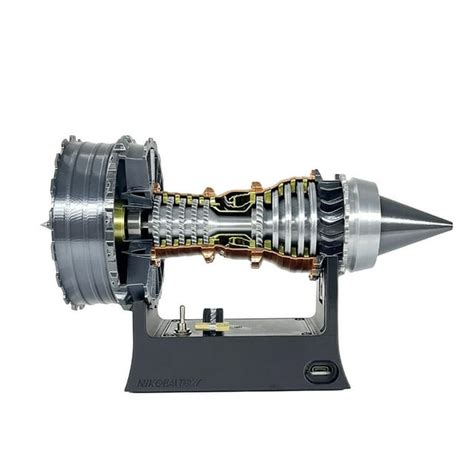It sees that you are asking for a comprehensive guide on understanding the mechanics of Replacing Financial Platforms (DEFS), such as uniswap, sushiswap or aave. I will give a high level review, and then, if necessary, we can immerse ourselves in more detailed details.
What is a change?
In Defi Swap Refers to the type of commercial mechanism that allows users to replace one cryptocurrency (Assets) for Another Resource Using a Liquidity Pool. This process includes evaporation of assets with various cases of use or real estate, such as tokenization of assets, creating agricultural possibilities or enabling arbitration.
Key Elements:
- Pool of Liquidity: a collection of many cryptocurrencies that act as a security protection. The Liquidity Pools Help Make Sure that users can buy and sell assets in a pool with different Liquidity Levels.
- Tokenized Resources: These are digital representations of physical or real objects, such as art, collections or goods. Tokenization allows def platforms to create new, Trade Resources without their physical replacement.
- Convert Mechanism: A process in which users interact with the platform, Buying and Selling Liquidity Pool Resources using other pairs of assets.
- Decentralized Replacement (DEX): Software -based Commercial platform that facilitates swaps, trade and other defies activities.
how does the exchange work:
Here is an example of how the exchange can work:
- A Pair of Tokens: Depository User 100 USDT (Tether) to the Liquidity Pool.
- A pair of tokens: User B deposits of 100 sushi tokens in the same pool.
- Replacement: Dex performs the replacement from tusd to a shy (synthetic token shiba inu).
- fees: the fees are charged for any exchange that may vary depending on the platform pool and liquidity.
Advantagees:
- Decentralized Character: Defi Platforms Operate on Blockchain Technology, Ensuring Transparency, Security and Decentralization.
- an efficient Liquidity Provision: Liquidity pools allow users to buy and sell assets of different liquidity, reducing transaction costs and increasing efficiency.
- Performance Generation: Tokenized Assets Can Generate Crops With Various Funds, Such As Interest Rates, Divitends or Returns From Investment.
Challenges:
- Scalability:

Defi platforms encounter scalability due to the large number of transactions and liquidity pools.
- Adjusting Environment: The Regulatory Environment for Defi is still developing and may be unpredictable.
- Safety risk:
as with any decentralized platform, there is a risk of safety -related safety and liquidity pool.
Application:
Swaps in Defi Offer A Unique Opportunity To Create New Assets, Return On Investment and Facility Decentralized Trade. However, it is necessary to understand the mechanics of these mechanisms, including the use of liquidity pools, tokenization and decentralized replacement protocols. As the Defi Landscape evolves, it is key to inform about the latest trends and challenges in this space for programs and users.
If you have specific questions or want to get more information about a specific aspect of swaps in Def, you can ask!

